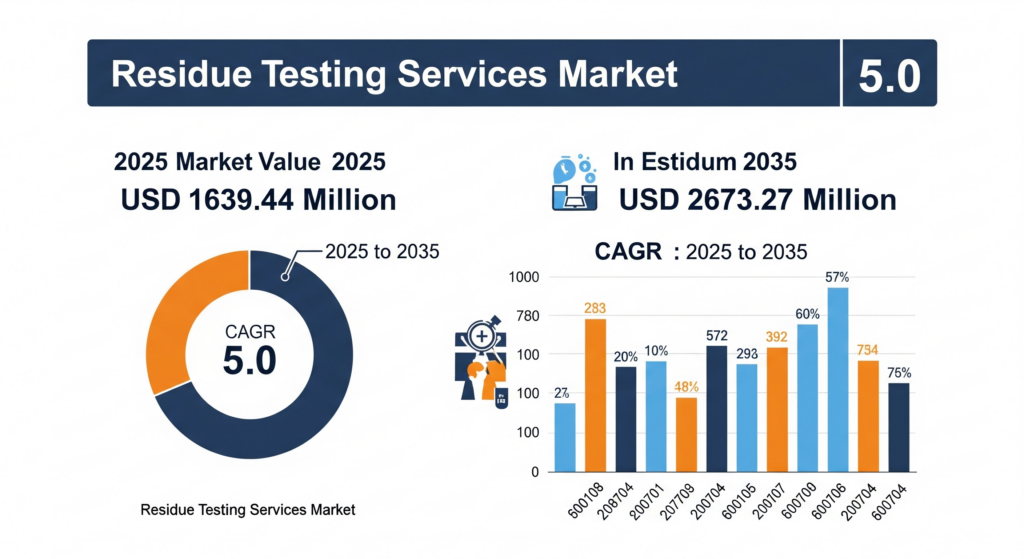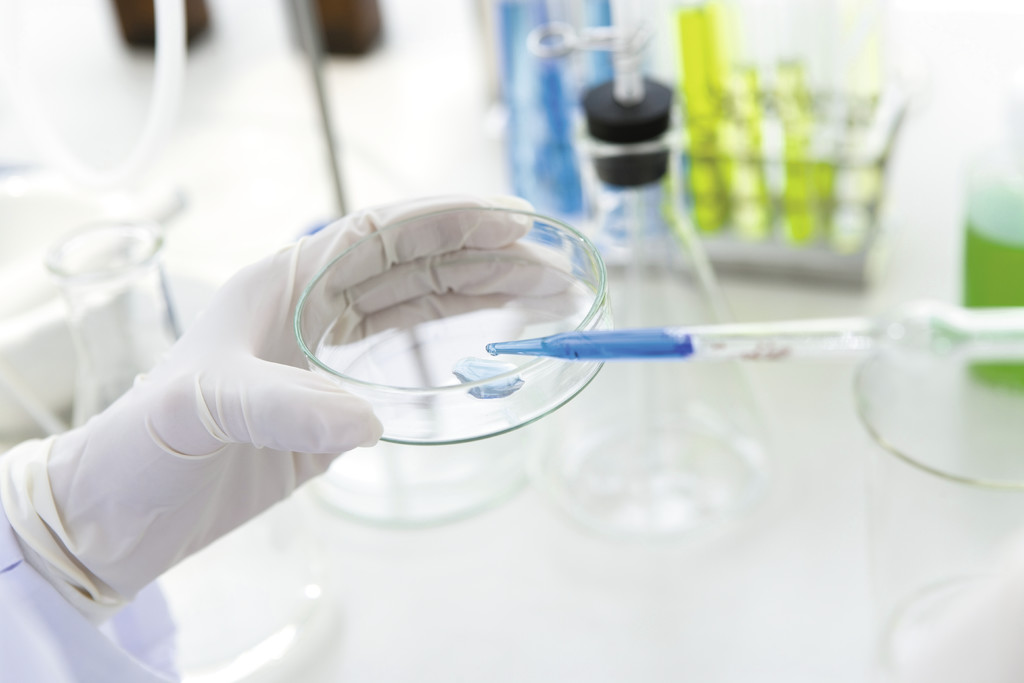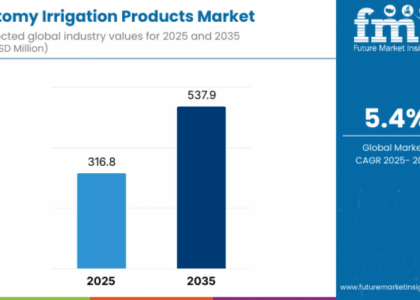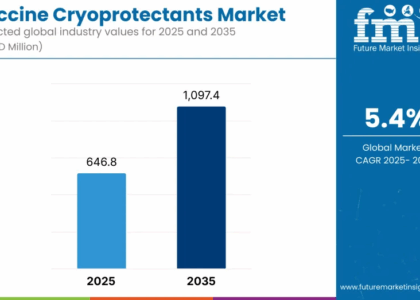
There’s a quiet race underway in the global food and agriculture sector—one that could define the next decade of public health. On the surface, it’s about chemistry and compliance. Beneath that, it’s about trust.
According to new data from Future Market Insights, the residue testing services market is expected to surge from $1.64 billion in 2025 to $2.67 billion by 2035, growing at a healthy 5.0% CAGR. That growth is a response to rising concerns over pesticide drift, heavy metals, veterinary drug residues, and trace contaminants infiltrating the global food supply.
And yet, for all this momentum, the systems meant to protect consumers are falling behind.
Unveil Market Trends: Get Your Sample Report Now: https://www.futuremarketinsights.com/reports/sample/rep-gb-2083
Big Numbers, Bigger Questions
The growth is undeniable. Food producers, pharmaceutical companies, and exporters are investing heavily in third-party testing services. The market is expanding, modern labs are scaling, and rapid-detection technologies are emerging across agriculture and pharma alike.
But ask yourself: why is this industry booming?
Because confidence is cracking. Because somewhere between the seed and the shelf, contamination has become a calculated risk. And testing is no longer a compliance checkbox—it’s a survival mechanism.
Surge in Market Demand: Explore Comprehensive Trends and Analysis in Our Full Report: https://www.futuremarketinsights.com/reports/residue-testing-market
A Global Trend with Uneven Urgency
FMI’s report highlights that North America dominates the market share, but the sharpest volume growth is occurring in Asia Pacific, where agricultural exports are surging. Meanwhile, Europe maintains strict protocols, fueling demand for multi-residue screening.
But here’s the rub: global demand may be growing, but global standards are not. And when residue limits vary across borders—or worse, remain undefined—what’s considered safe in one country can be banned in another. In this vacuum, testing companies thrive. Yet the consumer? They’re left to guess.
The Illusion of Control
Make no mistake: testing is not regulation. A laboratory result is only as meaningful as the standards behind it. When residue tolerances are inconsistent, when thresholds differ by commodity, and when enforcement is scattershot, a booming market does not mean a safer one.
In fact, it can signal the opposite: that detection is being outsourced to the private sector because public systems aren’t doing enough.
And as FMI notes, it’s not just food. Residue testing demand is rising in pharmaceuticals and personal care as well, where contamination risks carry their own complex set of consequences.
What Are We Really Solving?
FMI’s projection makes one thing clear: the industry is reacting, not leading. What’s needed is a shift in posture—from reactive testing to preventive systems. That means investing in infrastructure that can support farmers, small producers, and domestic manufacturers—not just large exporters who can afford premium diagnostics.
It also means harmonizing definitions, standards, and penalties. Because testing without enforcement is theater.
The Bottom Line
A $2.7 billion residue testing industry looks impressive on paper. But behind that growth lies a blunt truth: testing is booming because contamination is now routine. The real crisis isn’t what’s being detected—it’s what still isn’t.
Until we confront that, the industry will keep growing. And so will the risk.
Leading Service Brands
- SGS S.A.
- ALS Limited
- Eurofins Scientific
- AB SCIEX
- Bureau Veritas S.A.
- Intertek Group plc.
- Arbro Pharmaceuticals Private Limited
- Fera Science Limited
- AGQ Labs USA
- Waters Agricultural Laboratories
- Scicorp Laboratories PTY Ltd.
- Others
 Explore Food Technology Industry Analysis: https://www.futuremarketinsights.com/industry-analysis/food-technology
Explore Food Technology Industry Analysis: https://www.futuremarketinsights.com/industry-analysis/food-technology
Key Segments of the Report
By Product Type:
As per Product Type, the industry has been categorized into Pesticides, Toxins, Allergens, Heavy Metals, and Others.
By Technology:
As per Technology, the industry has been categorized into Chromatography, Immunoassay, Spectroscopy, and Others.
By Application:
This segment is further categorized into Animal Feed, Pet Food, Dairy, Processed Foods, Agricultural Crops, and Others.
By Region:
Industry analysis has been carried out in key countries of North America, Latin America, Western Europe, Eastern Europe, East Asia, South Asia & Pacific, Central Asia, Russia and Belarus, Balkan & Baltics, and the Middle East & Africa.





